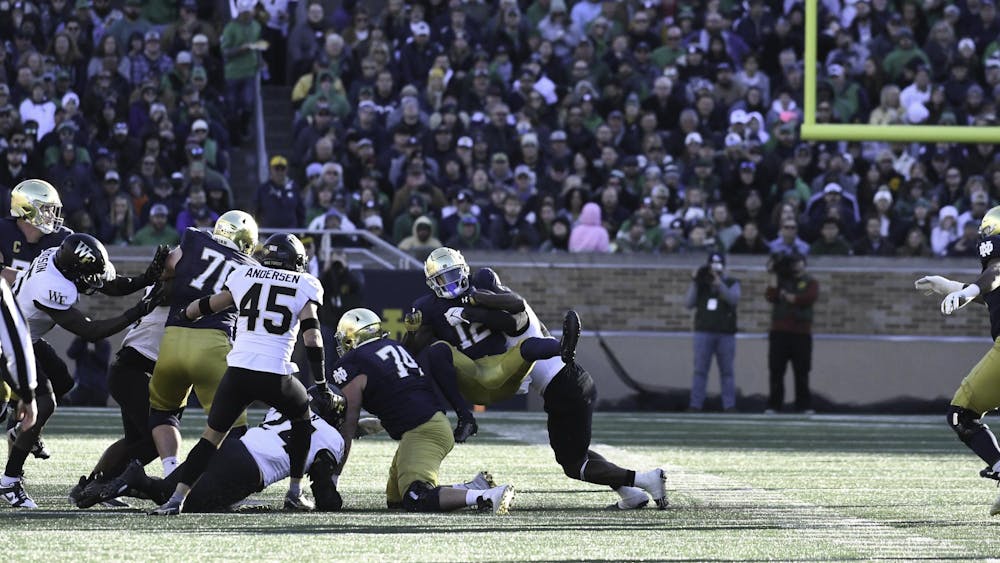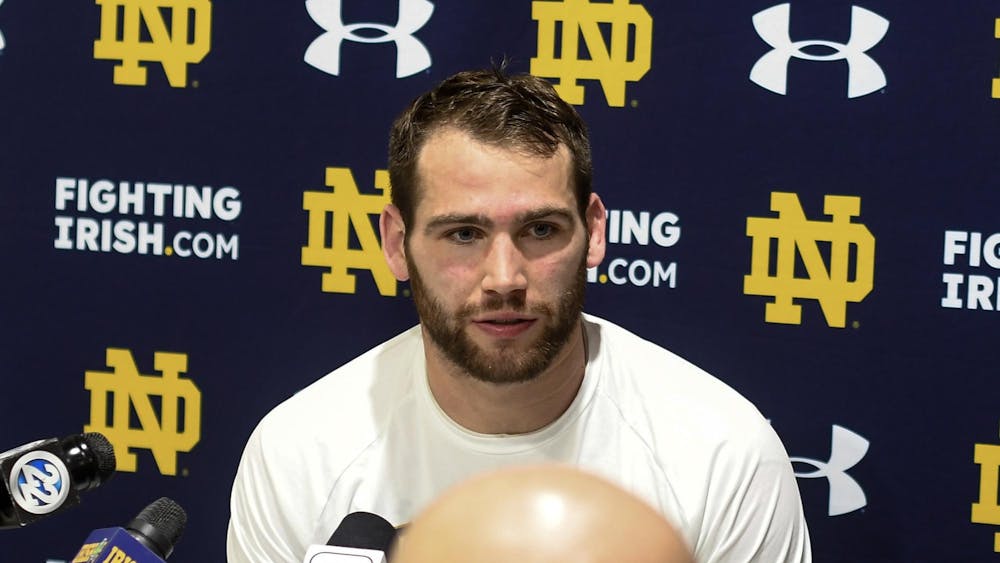There’s a reason quarterbacks have won 12 of the last 13 Heisman Trophies. It’s a flashy position with easily identified stats.
But in every sport, there are players doing their often physically and mentally taxing work for a fraction of the recognition. Sometimes we know their names only if they’ve screwed up. The value of what they do can’t run in a stat line.
They play the most thankless positions in sports.
Football: center
Centers are reliable and durable, playing nearly every offensive down and expected to execute every snap. They’re expected to vocally lead the offense and read the opposing defense before the play and quickly transition from snapping to physically demanding blocking.
Statistics don’t measure what centers do, so you know if your team has a good one only if you watch closely or read and believe a lot of commentary.
Centers often don’t receive the credit they deserve, usually receiving little attention at all.
Their moments of fame or, rather, infamy, tend to come if they muff a snap or miss a block, rather than when they play consistently all season, the definition of doing their jobs well. It’s tough to imagine the headline, “Center continues solid work.” Even if he’s the best blocker in the NFL, his contributions tend to fade to the background in a game wrap storyline.
Baseball: catcher
Like centers in football, baseball catchers do a physically demanding job. They’re squatting behind the plate for nearly every pitch, every season.
Their greatest contributions don’t appear directly as statistics. Some of them don’t hit well, and that can obscure how well they manage a pitching staff by scouting the opposing hitters and guiding the pitcher’s strategy. This position requires intangible mental engagement on top of the physical toll, neither of which are easily measured or recognized.
The proportion of thanks to effort at this position is therefore pretty low.
Basketball: center
There are few true centers, and many don’t achieve the fame of star guards and forwards in the NBA.
They don’t drive down the court much or exhibit fancy ball-handling. Sometimes, the overwhelming advantages of their size size simply overshadows the nuances of the skills and athleticism they also have developed.
They often don’t have as flashy of a role in the offense as a guard or forward (until it comes to dunking), but they are required to play a physical game, posting up against and defending opponents’ largest players. They can be an asset in their ability to distribute the ball back out from the lane and set picks, but the bulk of these contributions don’t always translate to glory.
Soccer/hockey: defender
They play offense, too, of course, but more often than not, they’re performing subtle tasks like clearing the ball from near their own goal/net or starting an offensive attack with accurate passing.
Dedicated fans know who the good ones are, but the rest of the population — those whose knowledge of both sports amounts to Sidney Crosby and Lionel Messi — probably don’t.
The winning goal-scorer or a persistent goalie will steal the spotlight in a game story, but it’s rarer for defenders that hold the backline to do so.
In the case of the U.S. Men’s National Team in soccer, the defenders became the story in this year’s World Cup when they forced Tim Howard to make 16 saves against Belgium.
In hockey, defenders give and take some of the most punishing hits and receive some of the most punishing blame when the team goes down.
From the average fan, at least, it’s more common to hear, “We lost because the defenders were sloppy,” than, “We won because the defense was awesome!”













